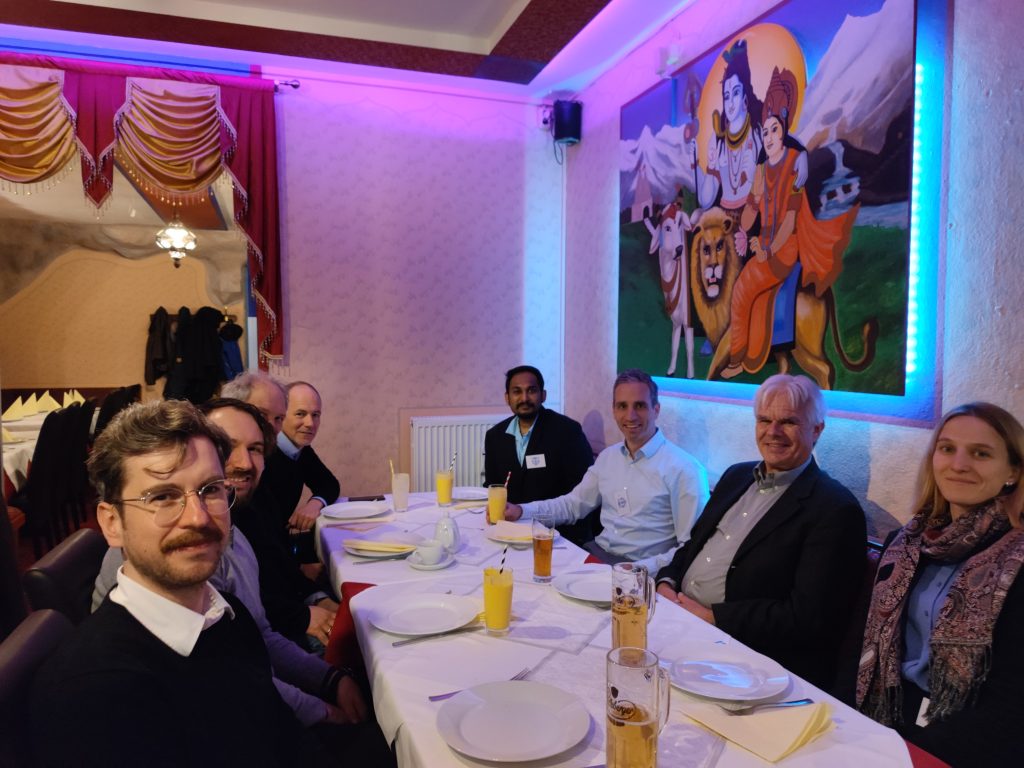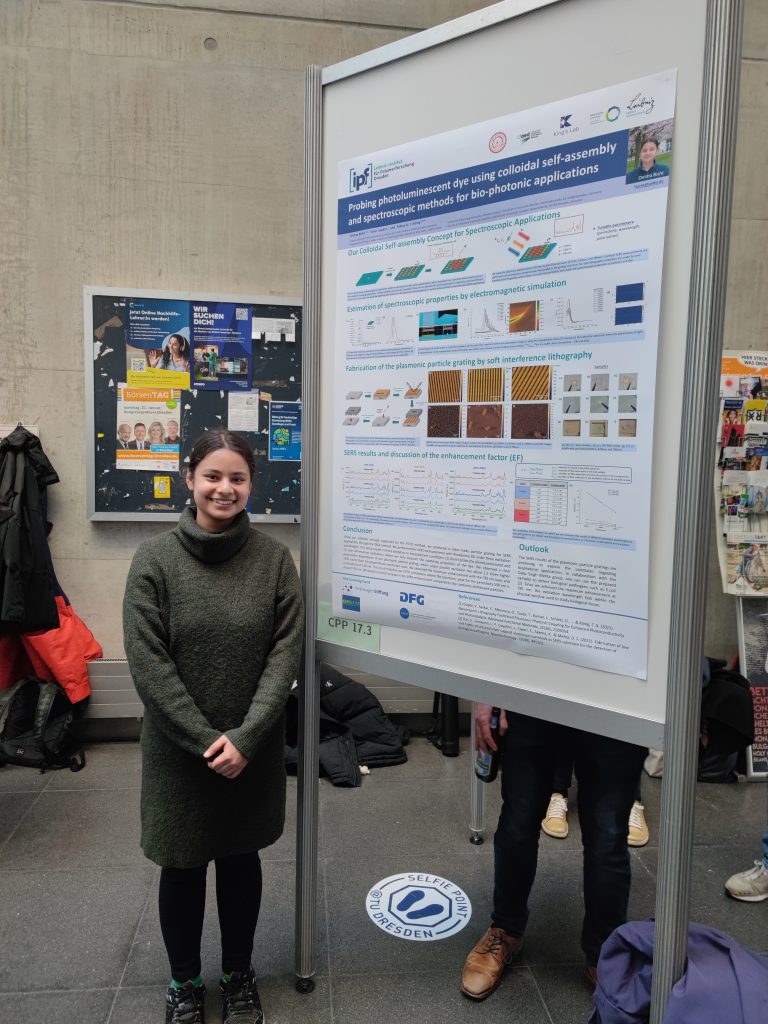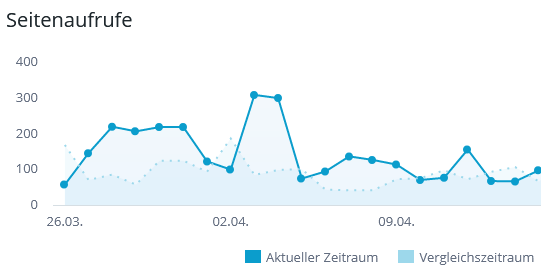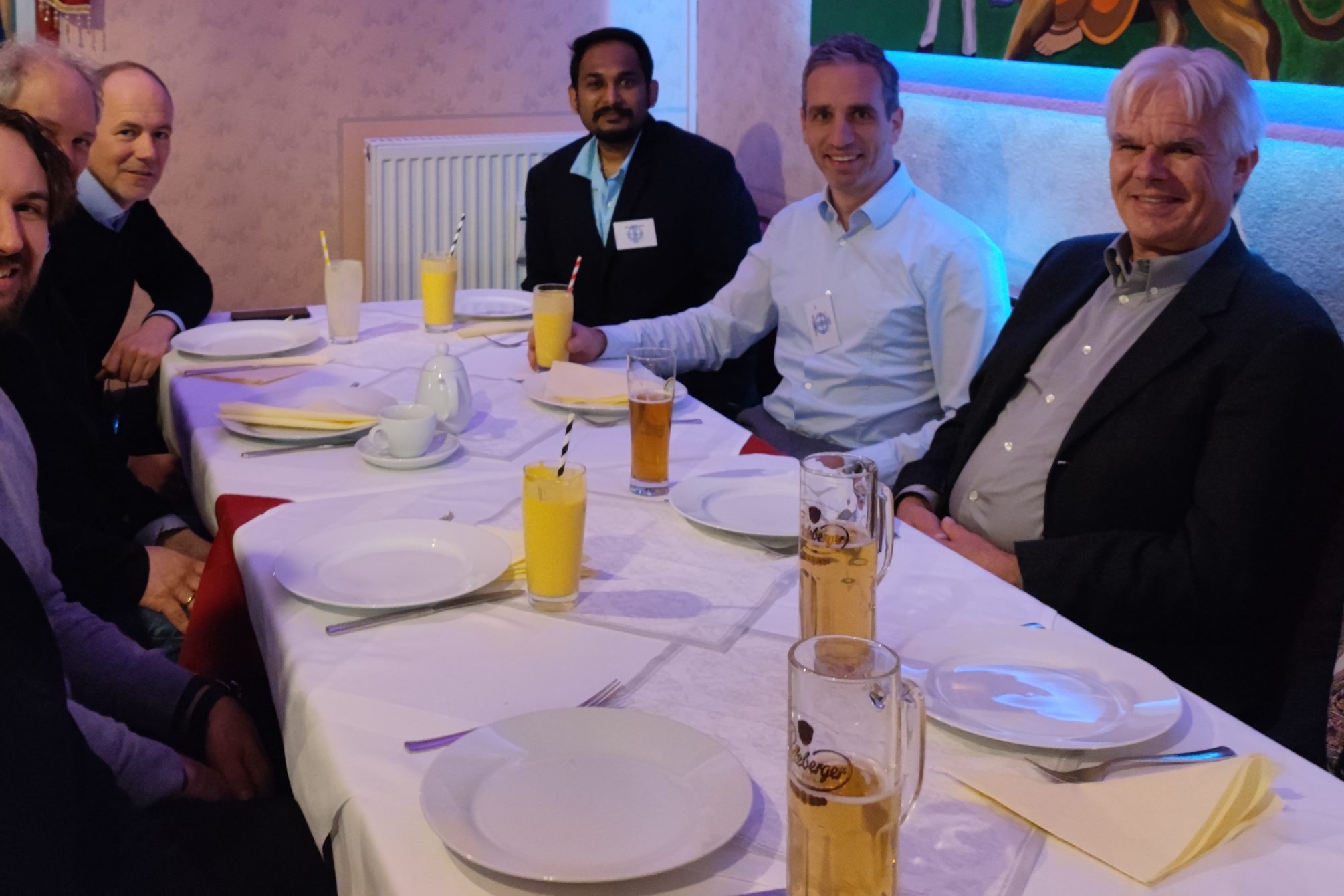This focus session Self-assembly of Plasmonic Nanostructures, is co-chaired by Markus Lippitz from the Physics Institute of the University of Bayreuth and Tobias König. In this focus session, we aimed to combine bottom-up and top-down approaches. This session was to explore plasmonic and nanophotonic functionalities and discuss feasible design approaches for photonic applications.

The focus session consisted of three invited speakers and five contributed papers. There were also four poster contributions at the poster session on Monday.

Visibility is crucial for a young scientist. Before and after the focus session, the KingsLab page was viewed 200 and 300 times. These clicks are a factor of 3.7 higher compared to the reference period.

Abstract focus session: Future developments in plasmonics and nanophotonics for information and energy technologies require accurate control on the nanometre scale over large areas. Top-down methods come to a limit at very small structure sizes and tight position tolerances. Large-area samples and mass production is time-consuming and expensive. Colloidal self-assembly promises to overcome these drawbacks. However, this bottom-up method imposes other constraints on device structure, material, and environment to obtain the desired functionality by reducing the free energy of colloidal building blocks via, e.g., DNA self-assembly or other polymer ligands. This focus session aims at exploring plasmonic and nanophotonic functionalities that are accessible by bottom-up self-assembly. It discusses the current state of feasible design approaches toward photonic applications that are cost-efficient and scalable.







